Shoe Fitting
Stores that sell footwear and have attained the HFG mark are very likely to have staff available who can offer help and advice to ensure the footwear fits correctly.
Purchasers are encouraged to seek advice from these stores.
Some of the staff may have a qualification from the Society of Shoe Fitters and these fitting specialists can be located by visiting their website
Some purchasers may find it necessary to purchase footwear by mail order. If this is the case and the purchaser is receiving treatment or advice from a foot care specialist, such as a Podiatrist, it is strongly recommended that purchasers take the footwear along to an appointment before they are worn for advice on fit and quality.
If the footwear is considered unsuitable by the specialist, they can be returned and an alternative or refund obtained.
If the purchaser is unable to obtain shoe fitting advice from a third party the following points must be considered:
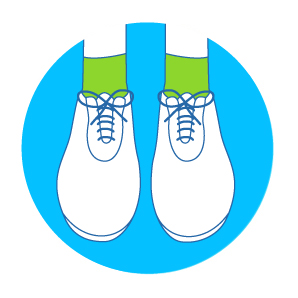
Ensure both shoes are on, correctly fastened and weight evenly distributed on both feet. It is advisable to ask a friend or family member to help
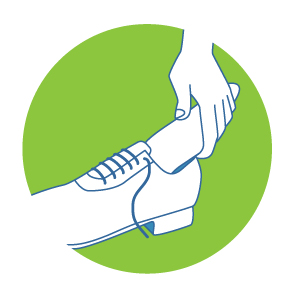
If the purchaser uses any form of insert (orthoses) inside the footwear these must be in place before the fit assessment is conducted
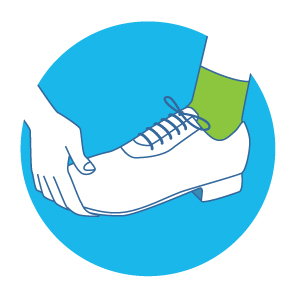
There must be a minimum of 6mm, preferably 10mm, in front of the longest toe
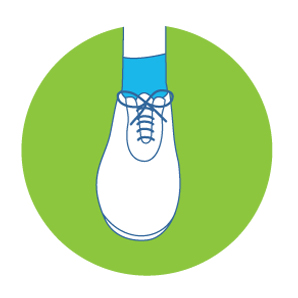
The natural shape of the footwear forepart should not be distorted by the foot. This may indicate pressure on the top or side of the toe and toe joints
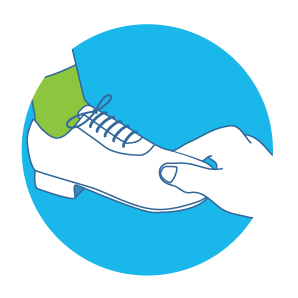
When drawing a thumb or finger across the forepart of the footwear there should be a slight rippling of the material but not a significant crease that would indicate the shoe is too wide

The toplines of the footwear should be neatly against the sides of the feet with no pressure on bony protrusions such as the ankle bone or the top of the heel curve

Elasticated gussets or laces must be under some tension to grip the foot but not fully stretched
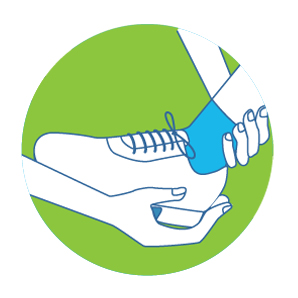
The fastening must grip the foot and allow further adjustment if required
When walking check that:
- The shoe grips the foot and does not slip
- The sole flexes easily in the forepart
- The heel provides a stable platform
- The outsole does not slip on the surfaces the wearer will normally be walking on
- The upper material flexes with the foot and returns to its original shape
- No pinching or pressure is felt by the wearer whilst walking
Aims of the Guide
- Help people to recognise the key features of footwear that will most likely offer a healthy and comfortable fit
- Encourage companies to manufacture shoes with these key features
- Encourage companies to join the Healthy Footwear Guide and actively promote footwear with these key features
- Help people find shoe stores that can advise on the correct fit of this footwear
- Offer advice to people who cannot get to a shoe store on the key fitting properties to look for when trying Healthy Footwear Guide recommended footwear
